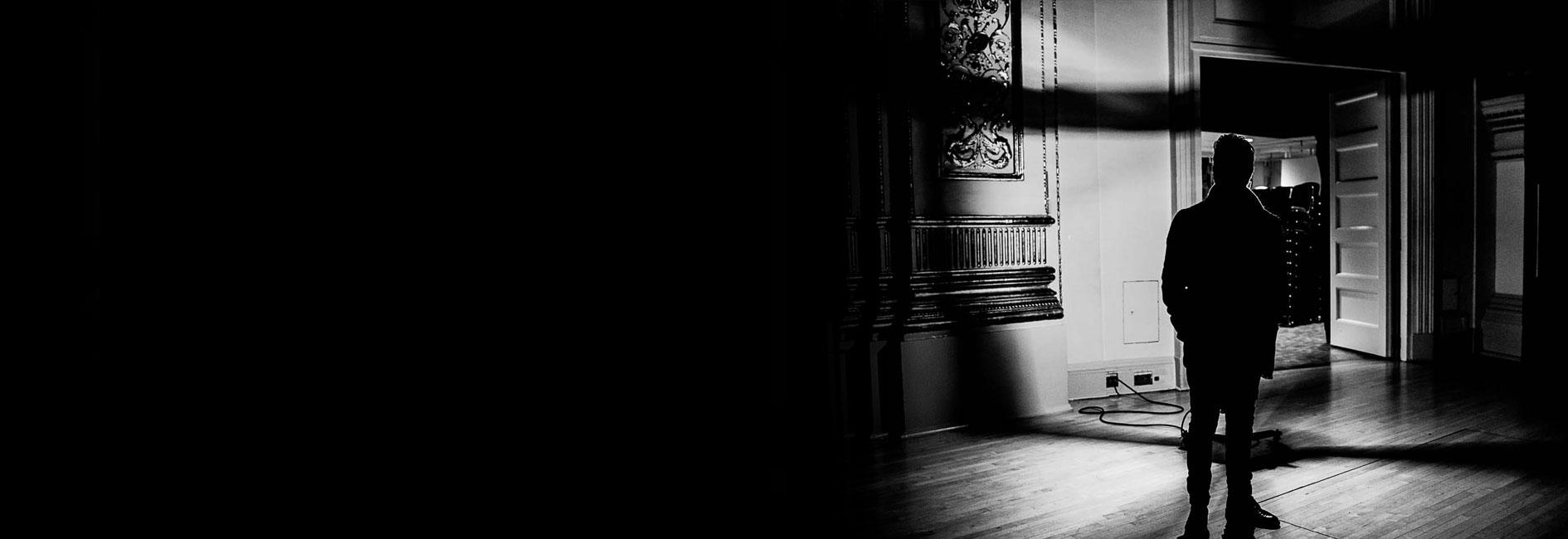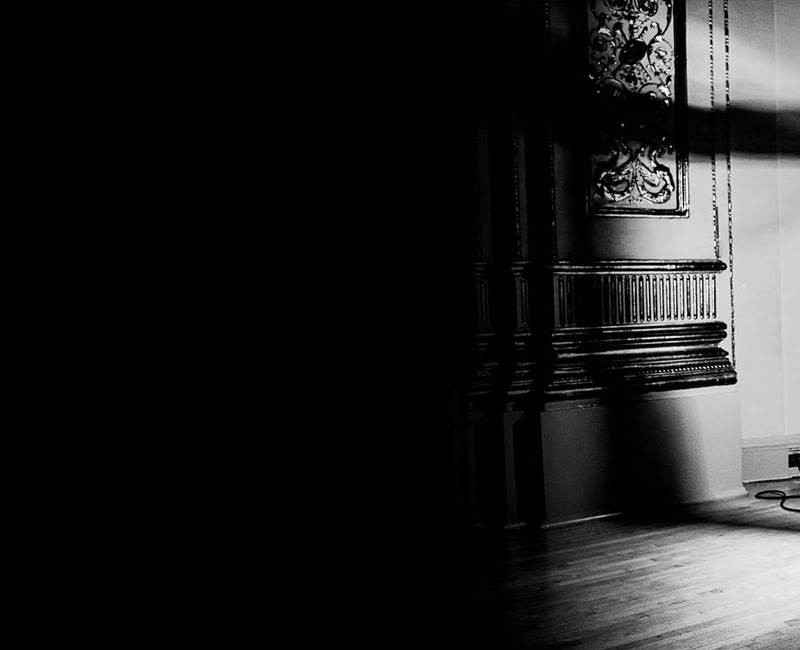Pablo Heras-Casado explores Monteverdi in Barcelona
12 Feb 2017
Pablo Heras-Casado, who has received excellent reviews for his Mahler, Verdi, Wagner and Shostakovich, decided to programme a composer he has loved since his youth: Claudio Monteverdi. He chose a selection of Selva morale e spirituale, one of the collections of his sacred works for San Marco’s liturgy for his programme at Barcelona’s Palau de la Musica Catalana, which perhaps doesn’t share the same reverberation as the Venetian Basilica, but an amazing building where the muses watch over you while you are conducting. The Balthasar Neumann Choir and Ensemble joined him in this challenge.
The Spanish conductor is very welcome in Barcelona, so the Palau was full. I was curious to listen to how he dealt with this glorious polyphony, and the sonority of a quite unusual ensemble. Every single singer in the Balthasar Neumann Choir is an excellent soloist, and at the same time they sound great both singing altogether or in duets, trios, quartets or other combinations. Although they are not considered among the main specialists in this repertoire, they succedded in performing the style required impressively.
It seems almost impossible to find the balance when Monteverdi asks you to perform with four trombones, two cornetti and one bassoon, but only two violins, but if you do have good musicians, the music just flows. The winds sounded perfectly in tune, and the exquisite work of Michael Behringer leading the continuo from the organ and the harpsichord also deserves to be mentioned.
Heras-Casado chose a delicate gesture to imprint a new breath on this music, displaying a strong knowledge of the style and spirit of Monteverdi’s music. In 17th-century Venice there was almost no stylistic difference between sacred and secular music, but it doesn’t mean you can play the Selva just like a madrigal. Nevertheless, at the same time, the selection was so diverse that you could find parts of masses which sound like Palestrina (then considered old church music) next to innovative harmonies that Monteverdi included in his operas and books of madrigals under the tag “Seconda Prattica”.
It was an interesting idea to perform the three parts of the Credo that Monteverdi wrote in the new style (Crucifixus, Et Resurrexit, Et Iterum) inserted into another Credo set written in the ancient style …
In O Ciechi, ciechi the emotions behind the Italian text were precisely depicted by the choir, as they were in Voi, ch’ascoltate. The pianissimo dissonances and chromatic scales were incredibly impressive, and Heras-Casado took great risks in performing them unhurried. The most magical moment came with the Salve Regina II, a soprano duet delightfully sang by Magdalene Harer and Julia Kirchner.
As a result, I am sure Monteverdi has gained a new handful of believers in Barcelona.

